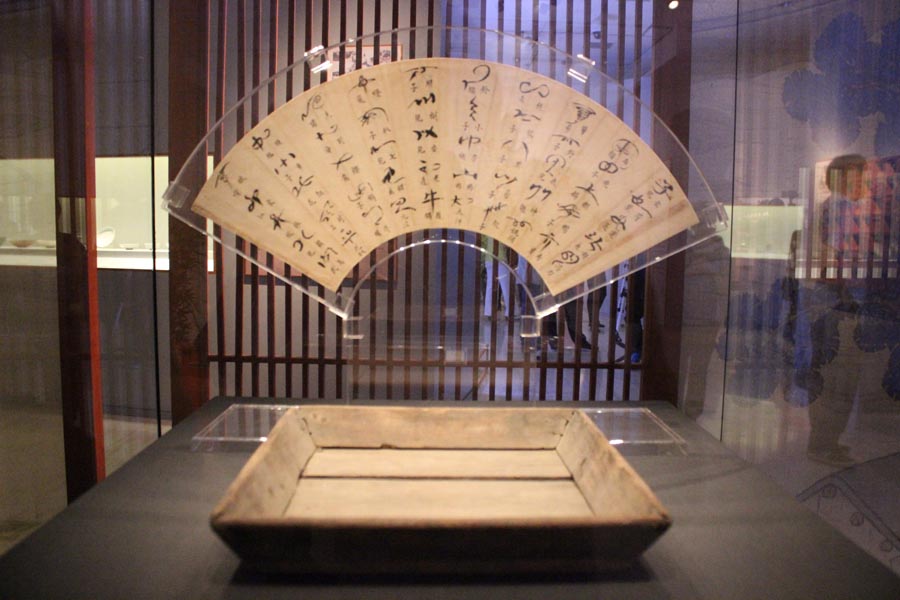Revisiting a key junction


Yu Ping, deputy director of the Beijing municipal administration of cultural heritage, says the find was never properly showcased to the public.
At the exhibition, daily items, pottery, construction materials and other cultural relics from the site are on display.
"The (Luxian) site is unique because it is the only discovered county-level city ruins from the Western Han Dynasty," says Gao Hongqing, curator of the exhibition. "It fills a void in our studies of urban construction and local government structure from that dynasty."
Gao says Luxian was closely connected with Beijing over the centuries.
In 938, the Liao Dynasty (916-1125) made Beijing one of its "five metropolises", and in 1153, the Jurchen ruler of the Jin Dynasty (1115-1234) moved its capital city to Beijing, making it the political center of northern China.
"Due to its pivotal position, the status of Tongzhou kept growing," says Gao.
























